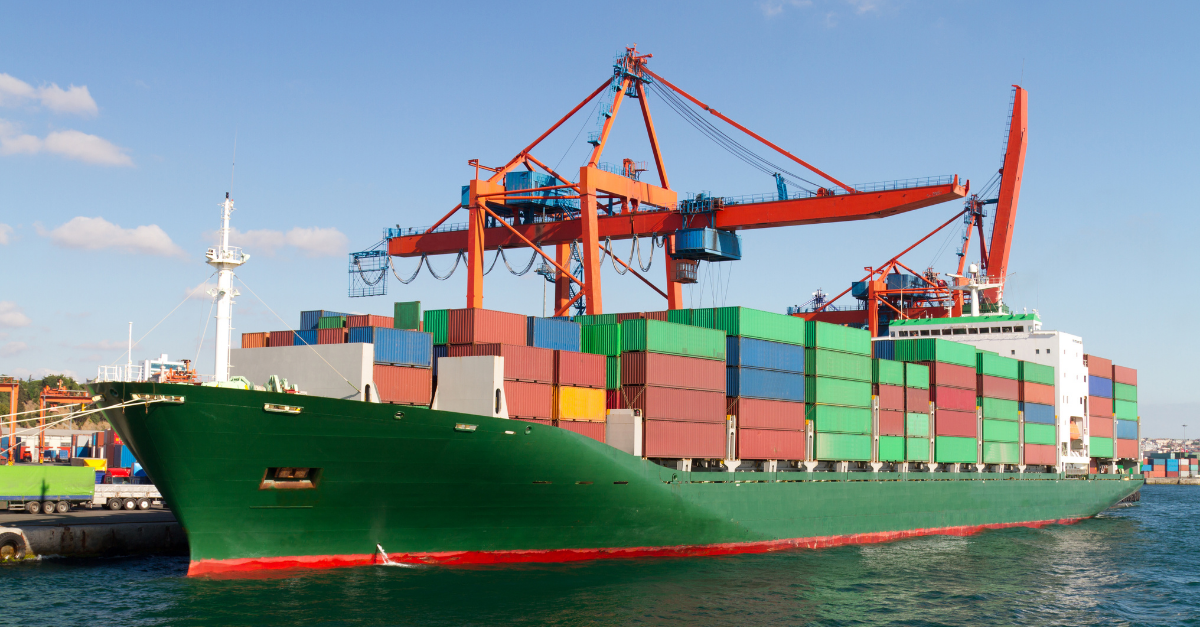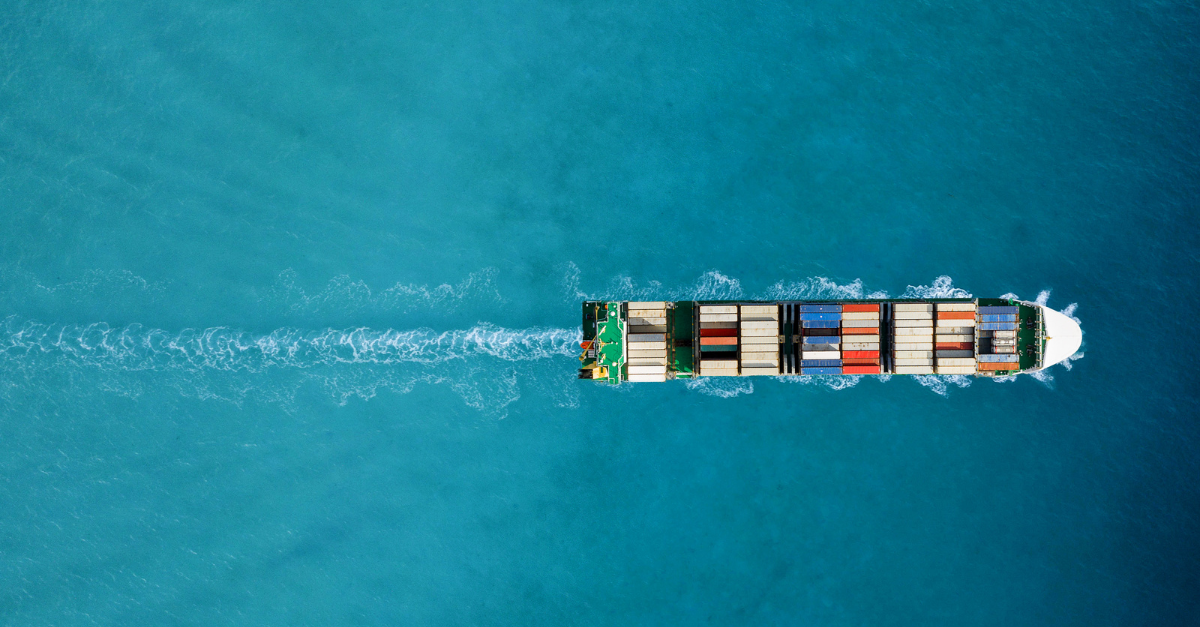In a world increasingly focused on environmental concerns and sustainability, it is crucial to understand this significant development. Our comprehensive guide will provide you with the knowledge and tools to navigate CBAM effectively and thrive in this new landscape.
Understanding the Carbon Border Adjustment Mechanism (CBAM)
CBAM, an initiative by the European Union (EU), aims to address carbon leakage and establish a level playing field for industries both within and outside the EU. By putting a stop to the offshoring of carbon emissions, CBAM prevents companies from relocating their production to countries with lower environmental standards, thereby undermining the EU's efforts to reduce greenhouse gas emissions.
CBAM achieves its objectives through the implementation of a carbon price. Though different from a traditional tax, CBAM effectively increases the cost of certain imported goods based on their carbon footprint. This approach incentivizes non-EU producers to reduce their carbon emissions and encourages the adoption of climate-friendly practices on a global scale.

Implications of CBAM for Global Freight Forwarders
CBAM has significant implications for global freight forwarders, necessitating careful consideration and planning. Key areas of impact include:
Cost Considerations:
Prepare for potential cost increases when transporting goods into the EU. Collaboration with clients to anticipate and calculate additional expenses related to the carbon price is essential.
Supply Chain Transparency:
Maintain supply chain transparency by collecting accurate carbon emissions data from clients and their suppliers. This information will be invaluable for CBAM compliance.
Green Logistics Solutions:
Respond to the growing demand for sustainable transportation solutions by offering services such as low-emission transport options and supply chain optimization. Establishing a reputation as an eco-friendly provider will enhance competitiveness in the European market.
Compliance Expertise:
Navigating CBAM's regulatory landscape requires an in-depth understanding of the EU's rules and procedures. Act as a guiding light for clients, offering advice on achieving CBAM compliance.
Supply Chain Optimization:
Prepare for potential supply chain strategy adjustments to mitigate the impact of CBAM. Providing recommendations on efficient and sustainable logistics routes will differentiate your services.

How to Navigate CBAM as a Global Freight Forwarder
To successfully navigate CBAM, global freight forwarders should employ the following survival tactics:
Stay Informed:
Regularly update your knowledge by monitoring the latest CBAM developments and regulations through official European Commission sources and industry publications. The 7ConNetwork newsletter is also a great resource for keeping informed.
Accurately Assess Carbon Emissions:
Collaborate closely with clients to accurately assess the carbon emissions associated with their products. Forge alliances with their suppliers to gather precise data throughout the supply chain. Calculate carbon emissions and compare the carbon footprint of different routes with the latest tech provided by 7ConNetwork.
Evaluate Compliance Options:
Familiarize yourself with the various compliance options provided by CBAM, such as declaring emissions at the border or participating in the EU Emissions Trading System. Assess and recommend the best option based on clients' needs and product characteristics.
Invest in Sustainability:
Differentiate your services by integrating green logistics solutions. Explore options such as low-emission transport, efficient routing, and alternative modes of transportation. Embracing green certifications and partnerships will enhance marketability. Ask 7ConNetwork about kick-starting your digital and sustainability efforst.
Collaborate with Experts:
Engage with professionals specializing in carbon accounting and international trade to leverage their expertise and tools. This collaboration will fortify your capabilities to tackle CBAM effectively. Find experts on the 7ConNetwork Agent Finder.
Engage with EU Authorities:
Maintain open communication with EU authorities, seeking guidance and clarification on CBAM-related matters. Keeping abreast of the latest information is crucial for successful compliance.
Monitor Trade Agreements:
Stay informed about trade agreements and negotiations that could impact CBAM regulations. This foresight will enable you to anticipate changes and adapt strategies accordingly.

Conclusion
Embracing the implications of CBAM is essential for the ongoing success of global freight forwarders in an evolving trade landscape. By staying informed, accurately assessing emissions, investing in sustainability, collaborating with experts and EU authorities, and monitoring trade agreements, you will not only conquer CBAM but also contribute to the global effort to combat climate change. Joining us at 7ConNetwork is an easy way to accopmlish these activities.
Embrace these challenges, as CBAM can serve as a catalyst for growth. Adapting now ensures compliance, demonstrates your commitment to sustainability, and paves the way for a brighter future.